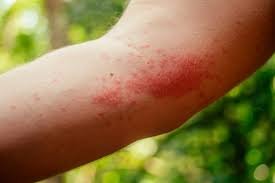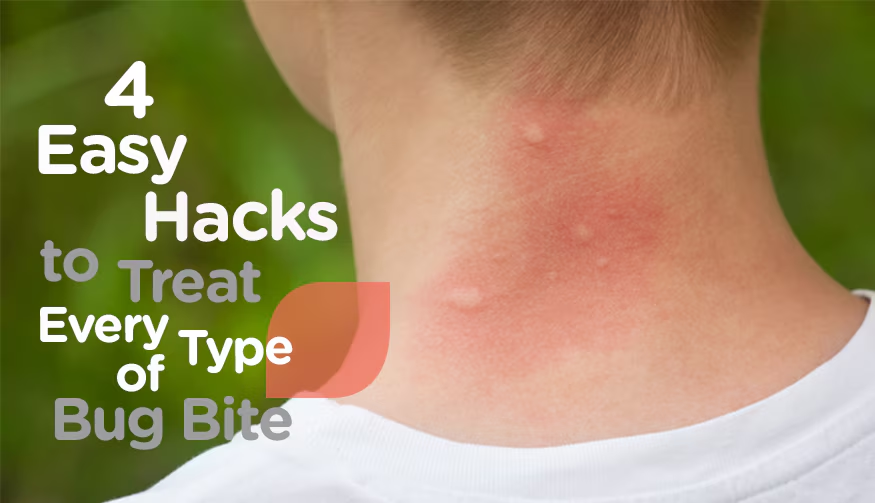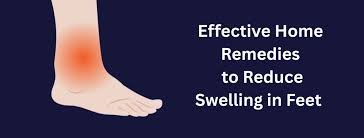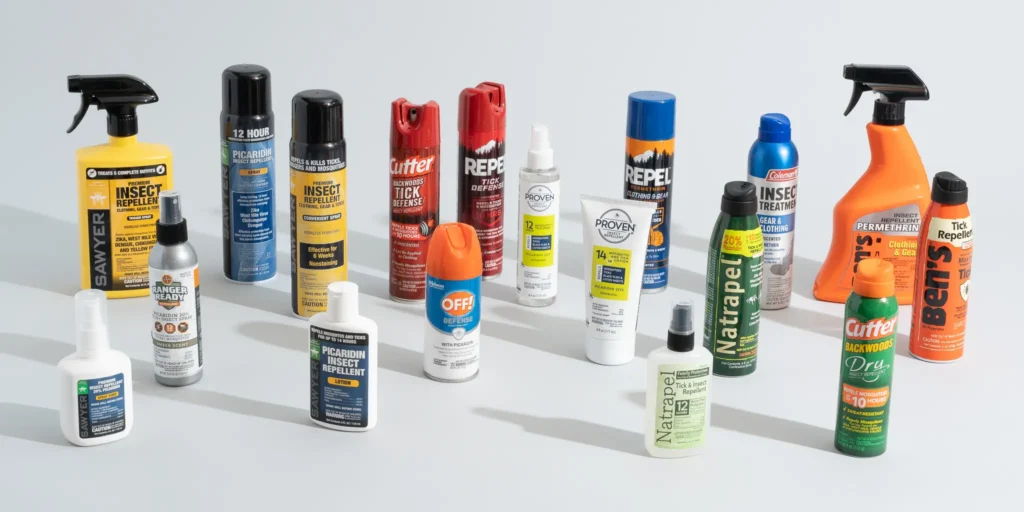A wasp sting can be painful, itchy, and irritating and if not treated properly, it may leave your skin inflamed or even scarred. Knowing the right skin care is essential to promote healing, prevent infection, and restore your skin’s natural balance. In this guide, we’ll walk you through effective steps to treat the sting and care for your skin until it fully recovers.
Step 1: Immediate First Aid
Right after the sting, remove yourself from the area to avoid further stings. Wash the affected spot with mild soap and cool water to remove venom traces. Apply a cold compress or ice pack wrapped in a cloth for 10–15 minutes to reduce swelling and numb pain. This initial step is a critical part of skin care after wasp sting and can help prevent complications.
Step 2: Reduce Swelling and Inflammation
After initial first aid, focus on calming the skin. Apply over-the-counter hydrocortisone cream or a paste of baking soda and water. Natural remedies like aloe vera gel or chamomile tea compresses can also help ease inflammation. Regularly using these soothing treatments is an important element of skin care.
Step 3: Prevent Itching and Scratching
The itching that follows a wasp sting can be intense. Avoid scratching, as this can break the skin and introduce bacteria, leading to infection. Calamine lotion, oatmeal baths, or antihistamine creams can relieve itching. Consistent care is vital to protect the skin’s barrier, making this another key step in skin care after wasp sting.
Step 4: Keep the Area Clean and Protected
Change any bandages daily and keep the area clean to prevent infection. Use gentle, fragrance-free cleansers and avoid harsh exfoliants or alcohol-based products. Hydrating the skin with a light, non-comedogenic moisturizer will help maintain its elasticity. This hygiene-focused step is crucial in the process of skin care after wasp sting.
Step 5: Support Healing from Within
Your diet can influence your skin’s recovery speed. Include anti-inflammatory foods like turmeric, ginger, and leafy greens. Drinking enough water and eating vitamin C-rich fruits like oranges and kiwi can boost collagen production, helping the skin repair faster. Nutrition is often overlooked, but it’s an essential part of skin care after wasp sting.
Step 6: Watch for Signs of Infection
Redness that spreads, warmth, pus, or increasing pain could indicate an infection. If you notice these signs, seek medical attention promptly. Early detection and treatment will help protect your skin and overall health, reinforcing the importance of attentive skin care after wasp sting.
Step 7: Minimize Scarring
Once the skin has healed, you can use vitamin E oil or silicone gel sheets to reduce scarring. Gentle massage around the healed area can improve blood circulation and skin texture. Preventing scar tissue formation is the final step in complete skin care after wasp sting.
Final Thoughts
The right skin care after wasp sting can make a huge difference in your healing process. From immediate first aid to long-term scar prevention, each step ensures your skin recovers quickly and remains healthy. Always listen to your body, and if symptoms worsen, consult a healthcare professional.




